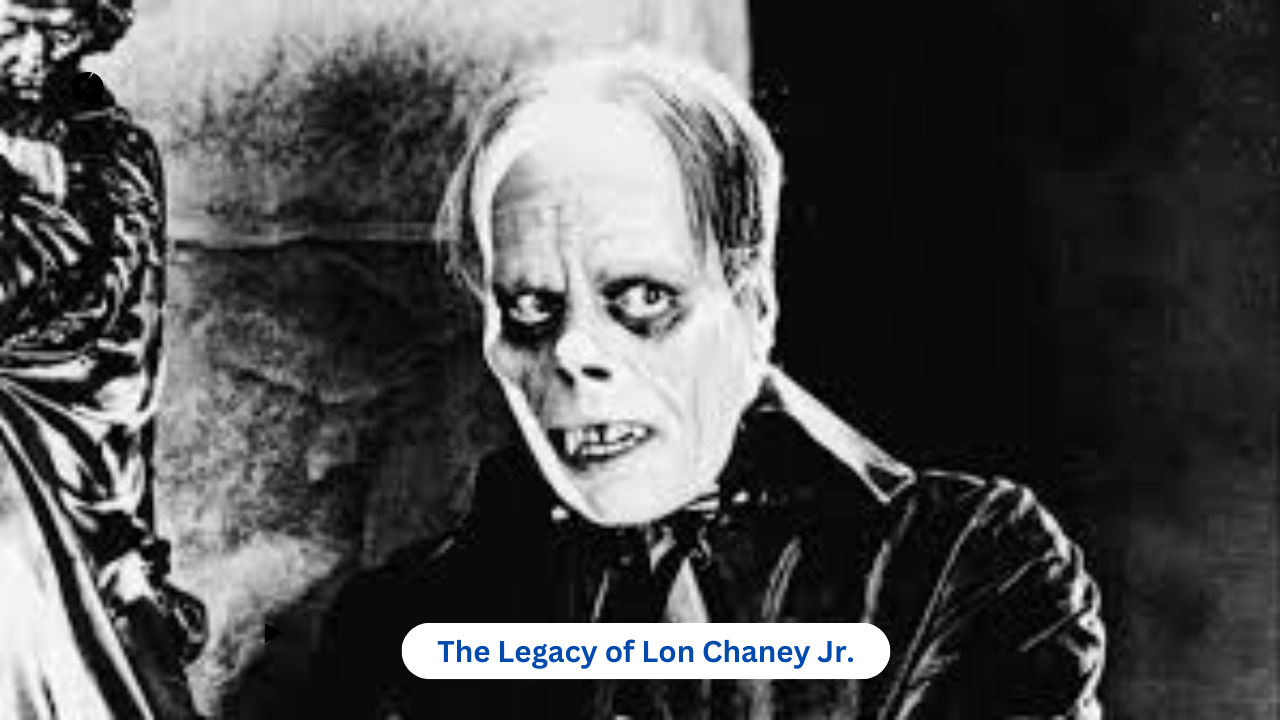When we discuss the golden age of Hollywood and the horror genre, the name Lon Chaney Jr. stands out as an icon. His contributions to cinema are not just remarkable; they are foundational to the genre itself. His ability to immerse himself in a character, particularly in the realm of horror, has earned him a lasting legacy that continues to influence filmmakers and actors alike.
The Origins of Lon Chaney Jr.
Born Creighton Tull Chaney on February 10, 1906, Lon Chaney Jr. was the son of the legendary silent film actor Lon Chaney. From an early age, he was exposed to the intricacies of the film industry, watching his father, known as “The Man of a Thousand Faces,” masterfully transform into various characters. This early exposure to the world of film and makeup artistry laid the foundation for Lon Chaney Jr.’s future career.
Although initially hesitant to follow in his father’s footsteps, Lon Chaney Jr. eventually embraced the world of acting. He adopted his father’s stage name, Lon Chaney Jr., as a tribute to the elder Chaney’s immense legacy. This decision was pivotal, as it connected him to a lineage of cinematic excellence, while also allowing him to carve out his own niche within Hollywood.
Lon Chaney Jr.’s Rise to Fame
The 1940s marked a significant turning point in Lon Chaney Jr.’s career. His breakthrough role came in “The Wolf Man” (1941), where he portrayed Lawrence Talbot, a man cursed to transform into a werewolf. This role not only solidified his place in Hollywood but also immortalized him as one of the most iconic horror actors of all time. The portrayal of the tormented and tragic character resonated with audiences, and the film’s success led to multiple sequels, with Chaney reprising his role in each.
Lon Chaney Jr. movies during this period were predominantly in the horror genre, where he brought to life some of the most terrifying and memorable characters in cinema history. His versatility was evident as he played other famous monsters, including Frankenstein’s Monster in “The Ghost of Frankenstein” (1942) and Kharis the Mummy in “The Mummy’s Tomb” (1942). These roles further cemented his status as a master of horror, and his ability to bring depth and humanity to these monstrous characters set him apart from his contemporaries.
Beyond Horror: Lon Chaney Jr.’s Versatility
While Lon Chaney Jr. is most famous for his horror roles, his filmography extends far beyond this genre. He appeared in a variety of Lon Chaney Jr. movies, showcasing his range as an actor. From westerns to dramas, Chaney demonstrated an ability to adapt to different genres and characters, proving that he was not limited to the horror roles that made him famous.
In “Of Mice and Men” (1939), Chaney delivered a powerful performance as Lennie Small, a role that showcased his ability to portray vulnerability and innocence. This film is often cited as one of his finest performances, demonstrating that Chaney was not just a horror actor but a well-rounded performer capable of delivering emotionally charged and nuanced performances.
The Legacy of Lon Chaney Jr.
Lon Chaney Jr. left an indelible mark on Hollywood, particularly within the horror genre. His ability to bring a sense of empathy and humanity to the monsters he portrayed has influenced countless actors and filmmakers. His performances are a testament to the power of cinema to evoke emotion and provoke thought, even within the confines of a genre often dismissed as mere entertainment.
The legacy of Lon Chaney movies extends beyond the screen. His influence can be seen in the work of modern horror directors and actors who strive to capture the same depth and complexity in their characters that Chaney brought to his. The enduring popularity of films like “The Wolf Man” and “Frankenstein Meets the Wolf Man” (1943) is a testament to his impact on the genre and his lasting legacy in Hollywood.
Conclusion
Lon Chaney Jr. is more than just a horror icon; he is a symbol of the golden age of Hollywood, a time when film was beginning to explore the depths of human emotion and the complexities of character. His contributions to cinema, particularly within the horror genre, are invaluable, and his influence continues to be felt today. As we look back on his career, we see a man who was able to take on the most challenging roles and make them his own, leaving a legacy that will be remembered for generations to come.
